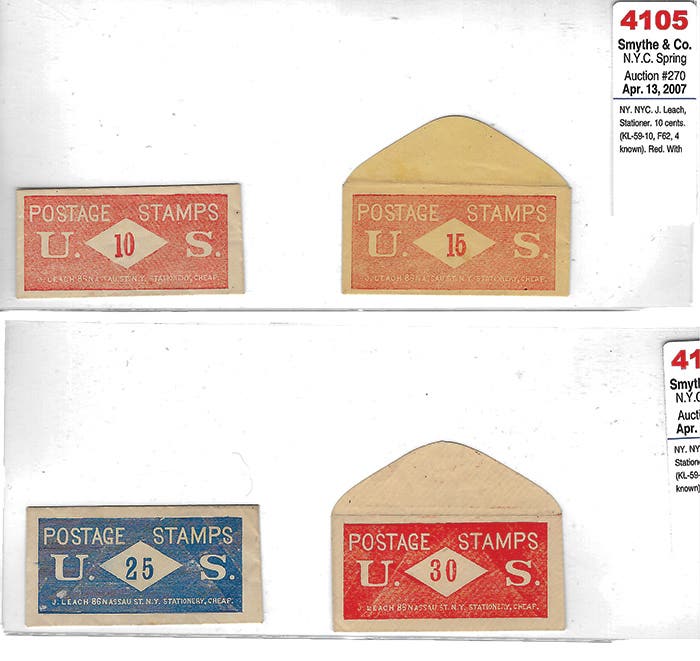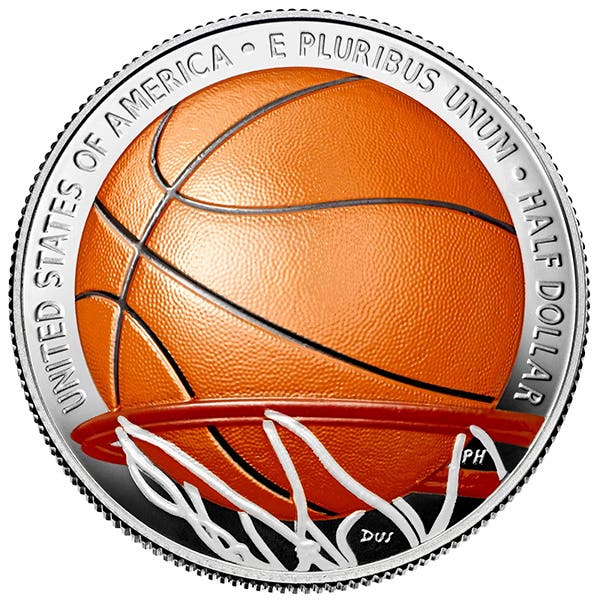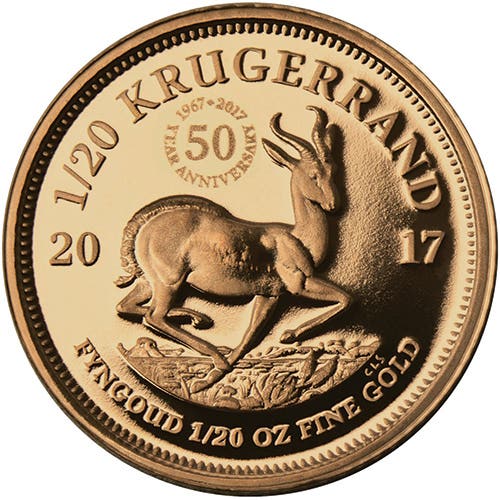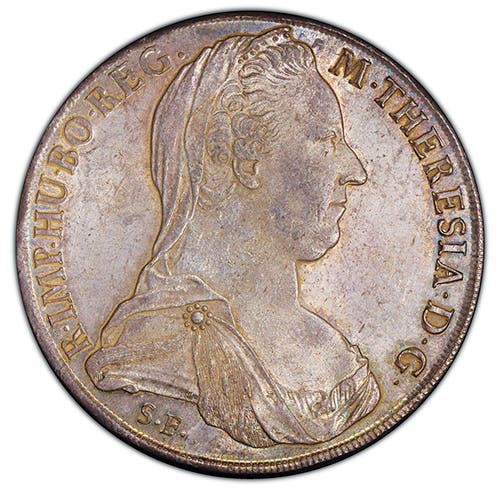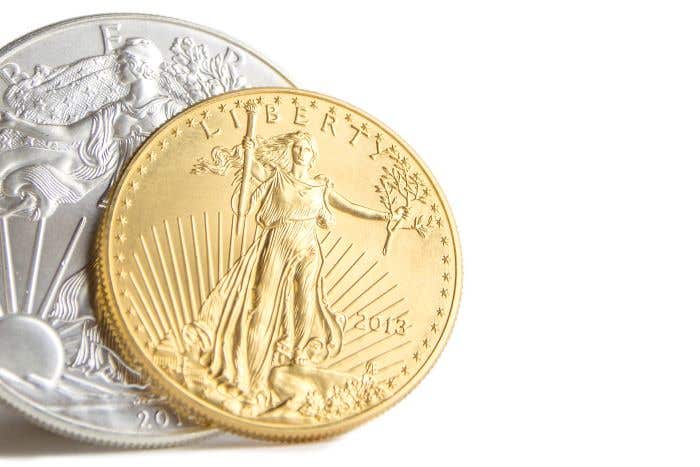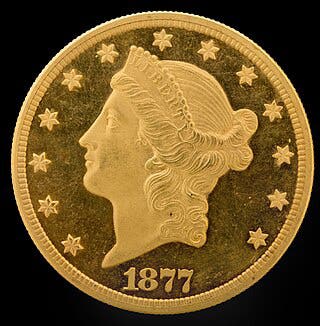Letters to the Editor (09/30/14)
Don’t buy the highest grade you can afford We have all heard the advice “buy the highest grade you can afford”. In contrast, a recent collecting strategy has been to…
Don’t buy the highest grade you can afford
We have all heard the advice “buy the highest grade you can afford”. In contrast, a recent collecting strategy has been to buy the lowest grade coin you can find. Although I currently subscribe to the former approach, I think a better strategy falls somewhere in the middle…at least for me. Let me explain.
If a numismatist is attempting to complete a type set of classic commemoratives then he/she has to buy 50 coins. In 2012 when I first started collecting I decided to do just that. Fortunately, I have the financial means to buy high-grade coins, which is what I have been doing for the last 2 years. My most recent purchase was a 1936-P Delaware MS66+ with a CAC sticker that set me back $435. Although I love my collection, I still have 35 coins left to go. At this rate, it is going to take me another 5 years to obtain my goal.
Now, I realize this isn’t a race but I would argue that my collecting experience would be more satisfying if I started buying lower grade coins. This strategy has many benefits. First, I will have more coins in my collection to admire. Second, it frees up funds that would allow me to start collecting other coins. Lastly, I have a coin collection that is more liquid when I either sell or my heirs cash out. Let me explain this last point further. My 1936 Delaware is a great looking coin but there are fewer buyers for a $400+ coin than a $100+ coin. Many collectors simply can’t afford to spend $400 on one coin.
Why did I not think of this before? Because I got caught up in buying the highest grade coin I could afford rather than collecting for the enjoyment of it. I spent more time looking at my classic commemorative registry ranking than I did my classic commemorative coins. With this new insight, I’m even more excited about completing my classic commemorative set! And isn’t that what collecting is all about?
Scott McElmeel
Edmond, Okla.
Dealers wrongly place blame for poor sales
The comments of some coin dealers in the Sept. 2 Numismatic News article titled “ANA dealer results down” were unreasonable and unfair.
One dealer complained about Mint sales of the Kennedy Gold Coin thusly: “it sucked all the cash off the floor.” Total sales by the Mint was less than $2 million. Meanwhile, the ANA convention’s Heritage Auction topped $50 million. Where was most of the money spent? If the dealer wants to bar the Mint from selling coins, does he also want to eliminate the auction competition? How much new money did the U.S. Mint bring to the convention because of its special offering?
Another dealer complained: “I have sold the least amount of material than at any other ANA show.” Could the dealer have brought the wrong material for the show, failed to attract his customer base to the show, or had his prices set too high?
Another dealer blamed the ANA for his having a lousy show. He said. “How greedy can the ANA get?” The ANA did its best to bring people to the show and gets criticized for creativity and marketing practices that encouraged a high turnout.
The internet was blamed by one dealer for his slow sales. He said that perhaps coin shows are obsolete because of the internet. Are coin shows fun? Why do people go to shows? What experiences do collectors have at shows that they cannot get on the internet? What percentage of collectors prefer to see and physically hold what they are buying before they buy it? What percentage of collectors do not trust or have had bad experiences with internet purchases? Could it have been the dealer’s own negativity that drove customers away from his table?
If a dealer does not do well at a show, should he blame himself or everyone else? If the show was poor, how come some dealers did well?
I feel empathy for the volunteers who worked hard to put on an excellent coin show, only to have their efforts trashed by those who only attended for profit.
Bruce R Frohman
Modesto, Calif.
Sell some coins to learn collection’s worth
I see in the “Letters” in the Sept. 9 issue that “a modern collector” “resents” (his word, used twice in his letter) that his “longtime collection of U. S. coins, most of which are complete sets, containing coins purchased from the U. S. Mint since 1968 and the remainder from auctions, coin shows, etc.��� are either of no interest whatsoever to potential purchasers, or are of interest at prices representing “massive losses” to him.
Of course, sympathies are due to “a modern collector” and his plight in “taking such large losses as I approach the end of my life.” Nobody would want that to happen to him. But at this point, probably well beyond the ability of “a modern collector” to avoid those large losses, is there a possible lesson available to others?
One thing that appears to be completely absent in “a modern collector’s” story is any attempt made by him anywhere in the past 45 years or so to sell (or go through the process of selling) a single coin. Has the modern, post-1964 resale coin market collapsed just in the past few weeks? That resale market has not been vigorous for some decades now for almost all modern coins. As your author Richard Giedroyc points out in his response, “there is currently almost no commercial activity in post-1964 ... coins. This could change someday.”
The question for “a modern collector” is why he bought modern post-1964 coinage from the Mint, etc., since 1968, apparently without trying to sell even one coin along the way, evidently assuming that when he decided to sell everything “near the end of his life” that he would show some level of profit for his purchases upon resale. It seems that he was wrong, and now he resents it.
The question for all other collectors-investors of coins is this: When was the last time that you sold (or attempted to sell) even one of your coins? Never? Years ago? Very recently?
Only by doing this now will you have any realistic idea whether your coins have any real value or not. If they do not, you may have time to alter your purchasing practices (unless you are a true collector who really doesn’t care if his coins have value in the aftermarket because of the enjoyment he obtains from his coins). If you are a collector-investor, why wait to find out what your coins are worth – or not worth – when it will perhaps be too late for you as well?
Bob Bair
Denver, Colo.
CAC stickers on low grade coins confuse
I saw the “worst dollar” collection on display at ANA and found it to be an amusing diversion from the standard collecting mantra of “buy the best possible.” I noticed that most of the dollars had CAC stickers on them, and that confuses me.
I know if I have an MS-63 coin with a CAC sticker, that means that somebody at CAC has examined the coin and determined that it is solid for the grade, and maybe even worthy of a higher grade.
What does a CAC sticker on a Fair-2 or Poor-1 coin mean? Are they saying the coin isn’t really as bad as the grader thought? Or, given that the goal is to collect the worst possible, does it mean that the coin might be overgraded? If the latter is true, at what point does CAC switch from the “the coin might be undergraded” to “the coin might be overgraded?”
While I guess I should pose this question to CAC (and maybe I will and report back the response I get), I thought I’d throw this out as a mostly rhetorical question, and possibly the inspiration for a future column. I’m sure I am not the only person who viewed the collection and walked away wondering the same thing.
Walter Fortner
Milwaukie, Ore.




